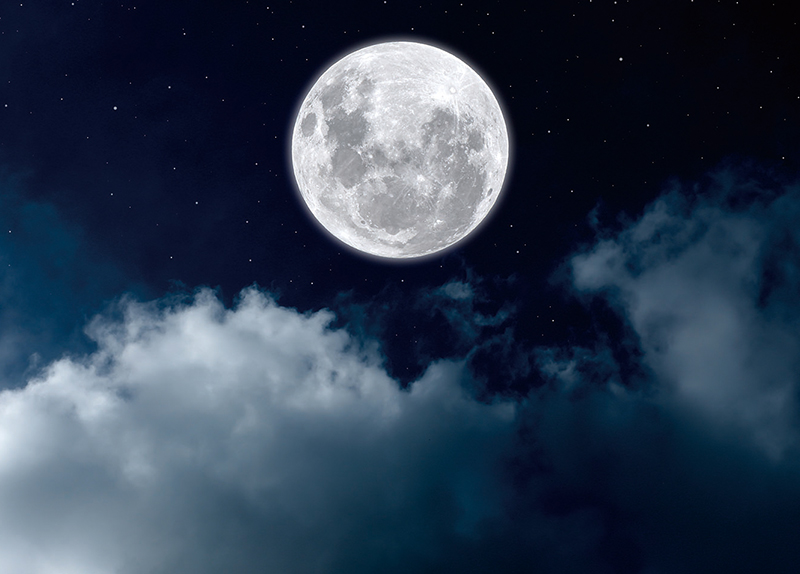
China’s recent endeavors in lunar exploration have captivated the world’s attention, particularly with its focus on the far side of the Moon. This ambitious undertaking, spearheaded by the Chang’e missions, has the potential to advance our understanding of Earth’s closest celestial neighbor.
Contrary to popular belief, the far side of the Moon (the side always facing away from Earth) isn’t perpetually dark. It receives as much light as the near side but has been historically less explored due to communication challenges. The Chang’e missions, however, are changing that narrative.
China’s Chang’e-4 spacecraft successfully landed on the far side in 2019, achieving a worldwide first in lunar exploration. Now, with the launch of the Chang’e-6 mission on May 3, China aims to deepen humanity’s understanding of this mysterious region by bringing back samples from the reverse side of the Moon. This Moon landing will likely take place in early June.
The South Pole-Aitken basin, where Chang’e-6 will focus its exploration efforts, holds clues about the Moon’s geological history. This vast crater, spanning nearly a quarter of the lunar surface, may reveal insights into the Moon’s formation and evolution.
By collecting samples from different spots across the basin, Chang’e-6 seeks to unravel mysteries that have puzzled scientists for decades, such as the Moon’s asymmetrical nature and the origins of impact craters. It may also help us understand why the two sides of the Moon are so different, the far side having more craters of various sizes and depths.
Moreover, samples from the far side could provide crucial data for future space exploration efforts. Analysis of these samples could yield valuable insights into the solar system’s history.